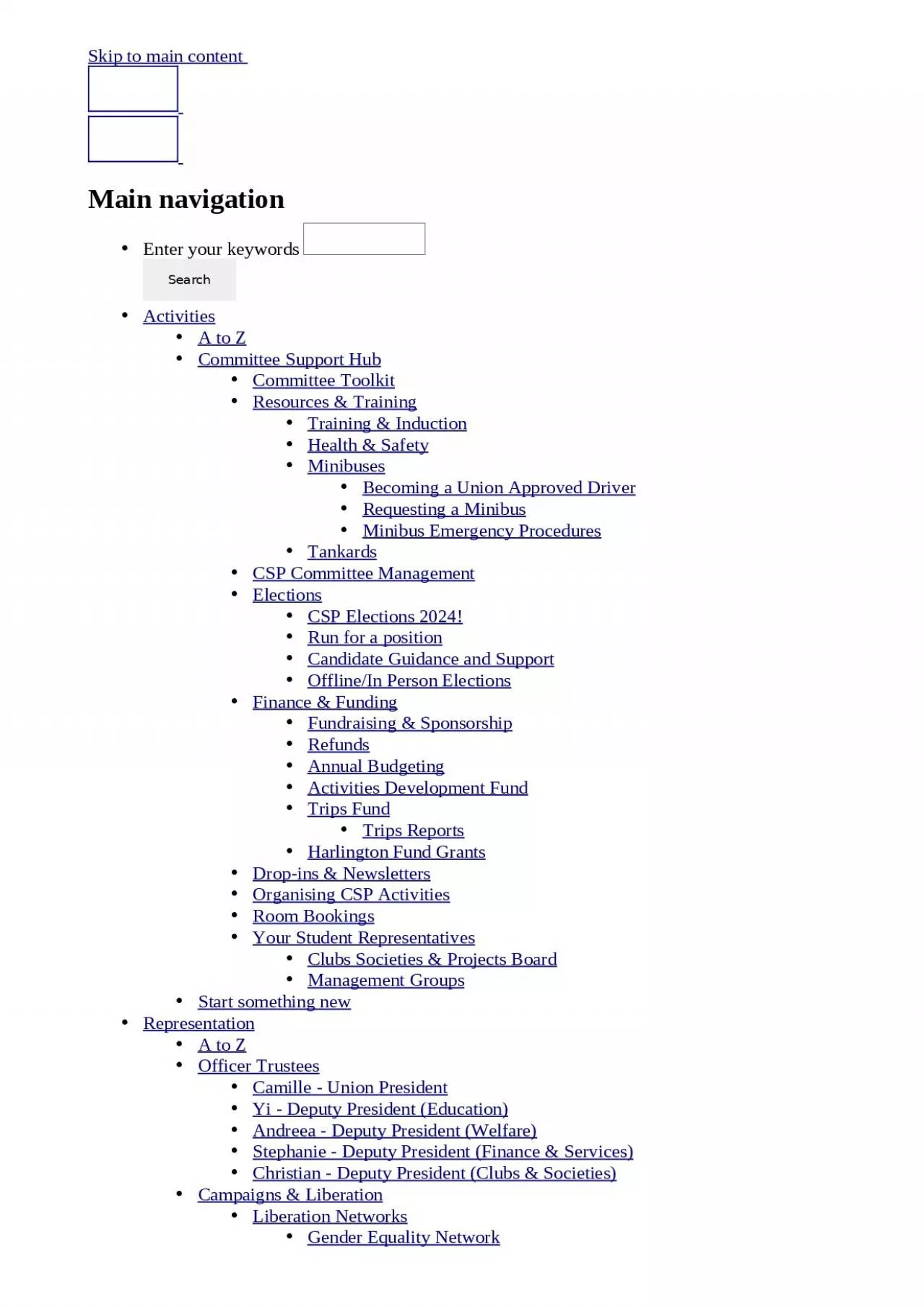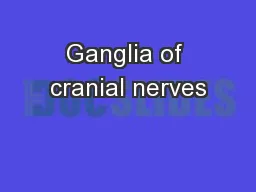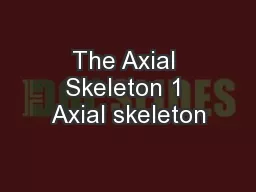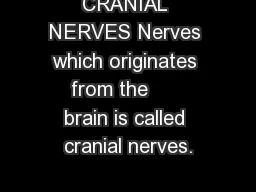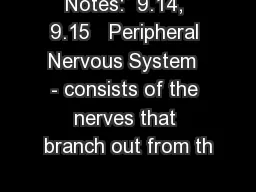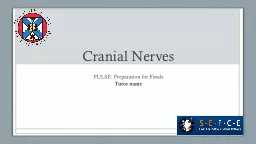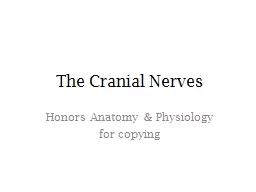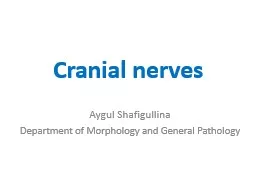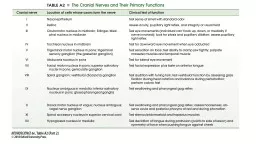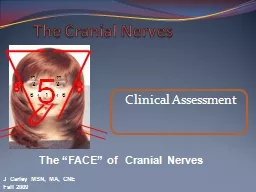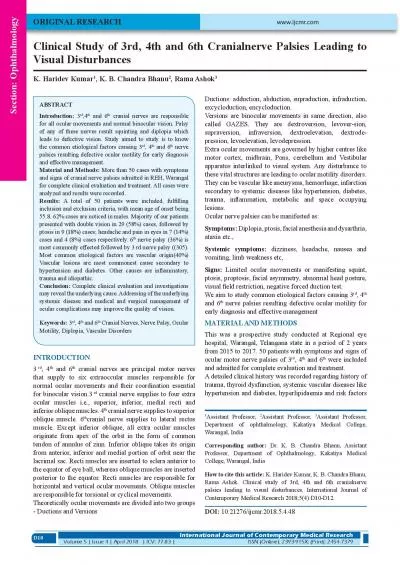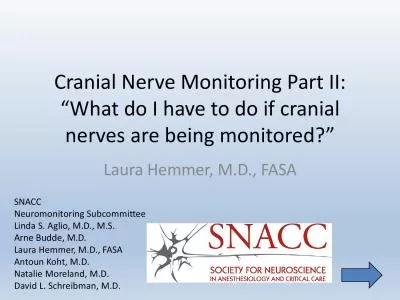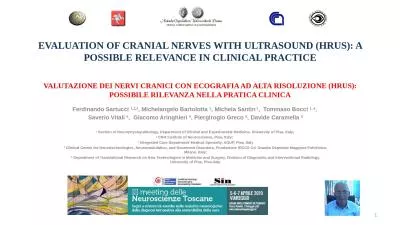PPT-Cranial Nerves & Ophthalmology
Author : gelbero | Published Date : 2022-06-11
Daniel Huddart 25 off with the online code WSREVMED25 Valid until 31 August 2020 Only at wwwworldscientificcom RevMED 300 SBAs in Medicine and Surgery By Lasith
Presentation Embed Code
Download Presentation
Download Presentation The PPT/PDF document "Cranial Nerves & Ophthalmology" is the property of its rightful owner. Permission is granted to download and print the materials on this website for personal, non-commercial use only, and to display it on your personal computer provided you do not modify the materials and that you retain all copyright notices contained in the materials. By downloading content from our website, you accept the terms of this agreement.
Cranial Nerves & Ophthalmology: Transcript
Download Rules Of Document
"Cranial Nerves & Ophthalmology"The content belongs to its owner. You may download and print it for personal use, without modification, and keep all copyright notices. By downloading, you agree to these terms.
Related Documents

